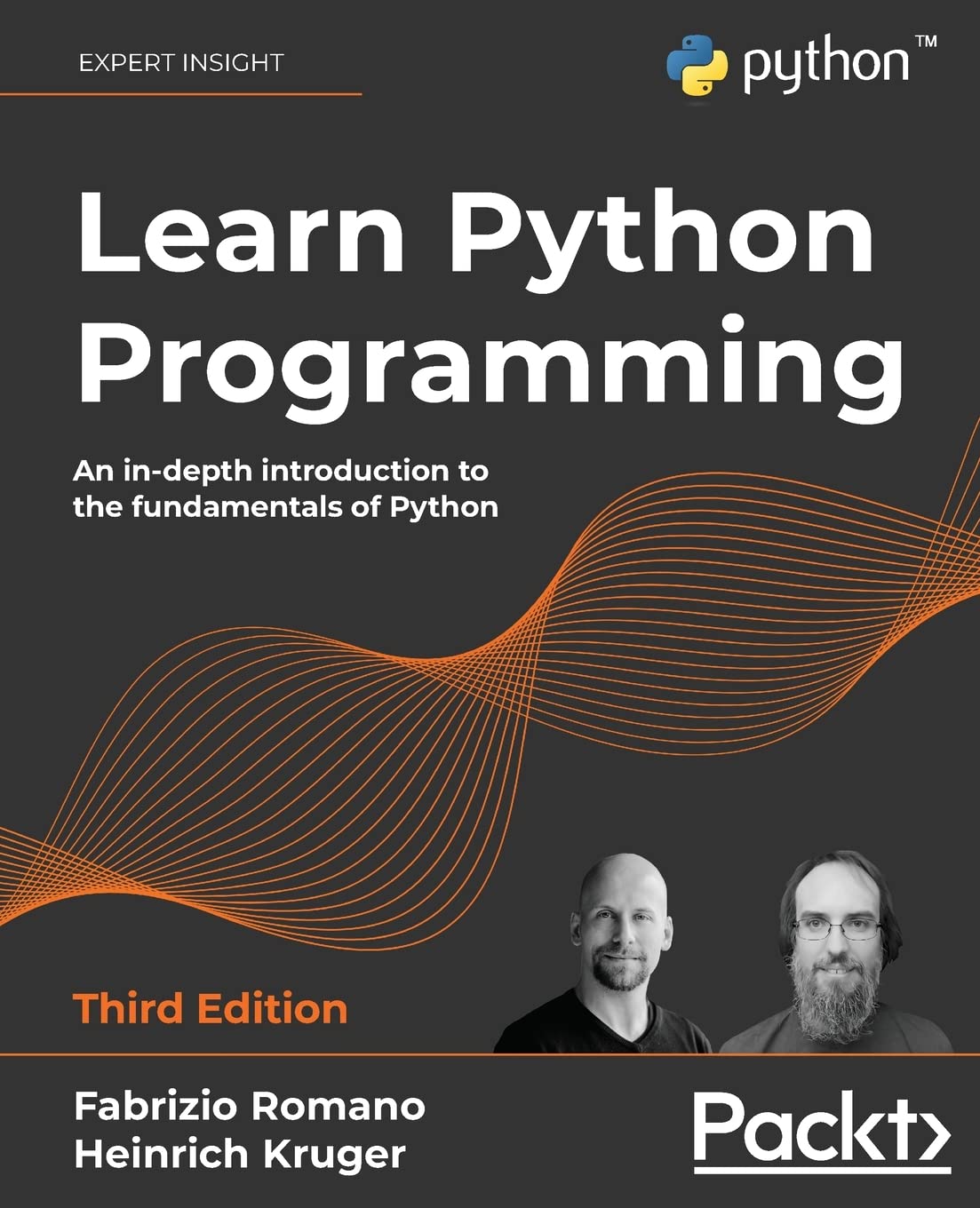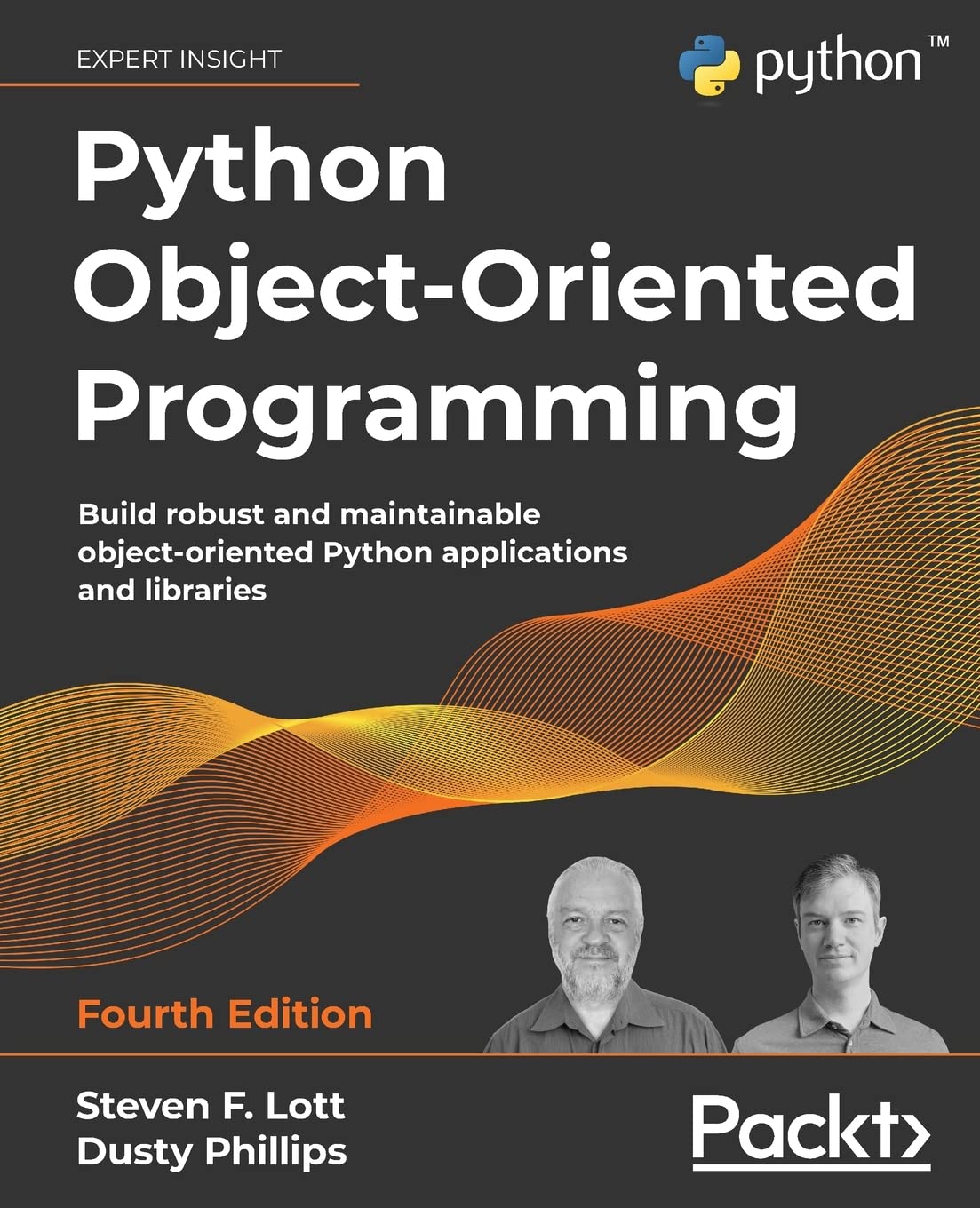
Looking to revolutionize your data transformation game with AWS? Look no further! From strong foundations to hands-on building of data engineering pipelines, our expert-led manual has got you covered.Key FeaturesDelve into robust AWS...
Python Coding February 27, 2024 aws, book, Data Science No comments

Python Coding January 29, 2024 book, Python No comments

Python Coding January 29, 2024 book, Python No comments

Free Books Python Programming for Beginnershttps://t.co/uzyTwE2B9O
— Python Coding (@clcoding) September 11, 2023
Top 10 Python Data Science book
— Python Coding (@clcoding) July 9, 2023
🧵:
Top 4 free Mathematics course for Data Science ! pic.twitter.com/s5qYPLm2lY
— Python Coding (@clcoding) April 26, 2024
Web Development using Python
— Python Coding (@clcoding) December 2, 2023
🧵: